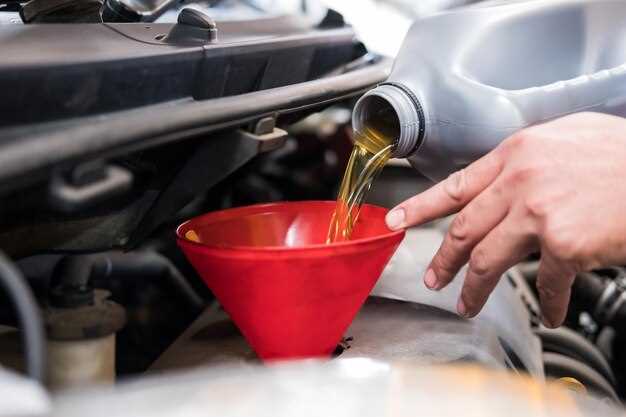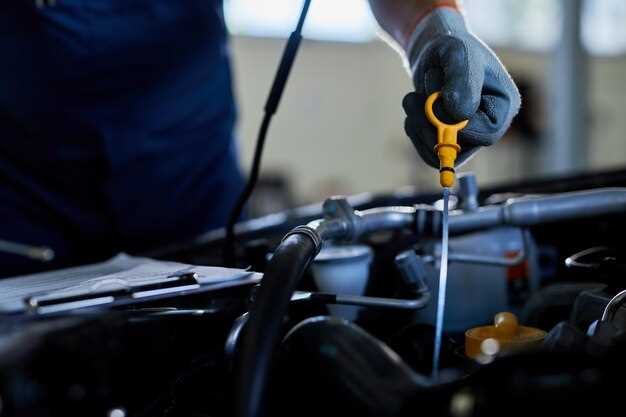

In the demanding world of high-performance track racing, the choice of brake fluid is critical to ensure optimum safety and performance. Unlike standard vehicles, racing cars experience extreme conditions where temperatures can soar, leading to potential issues such as boiling of the fluid. This phenomenon can severely compromise braking efficiency, making the selection of the right fluid essential for competitive track environments.
High-performance racing requires brake fluids with elevated boiling points to withstand the intense heat generated during rapid deceleration. A quality brake fluid not only enhances the overall braking response but also contributes to the vehicle’s stability and control, especially during high-speed maneuvers. With various options available, understanding the specifications and performance ratings of different fluids can enable drivers to make informed choices tailored to their unique racing needs.
This article delves into the best brake fluids suitable for high-performance track racing, examining their properties, advantages, and limitations. By exploring the nuances of various formulations, racers can find the ideal fluid that mitigates the risk of boiling and ensures maximum efficiency when it matters most on the track.
Understanding Boiling Point: Importance in Track Conditions
The boiling point of brake fluid is a critical factor in ensuring reliable and safe braking performance during high-performance track racing. Under extreme driving conditions, brake systems generate significant heat, which can lead to the brake fluid reaching its boiling point. When brake fluid boils, it can produce vapor bubbles, resulting in a phenomenon known as “brake fade,” where the braking system becomes less effective or completely fails.
Different types of brake fluids have varying boiling points, and selecting the right fluid is essential for maximum performance on the track. High-performance racing fluids typically have higher dry and wet boiling points, allowing them to withstand the intense thermal stress experienced during racing. The dry boiling point is measured with the fluid in its new condition, while the wet boiling point accounts for moisture absorption over time, which is crucial for long sessions on the track where the fluid may degrade.
Choosing a brake fluid with a high boiling point minimizes the risk of vapor formation under prolonged braking, allowing drivers to maintain optimal control and prevent unexpected braking issues. Consequently, understanding the boiling point of brake fluid not only enhances vehicle performance but also significantly contributes to driver safety, especially in competitive racing environments where every second counts.
Top Brake Fluids for Extreme Temperatures and Performance

In the world of high-performance track racing, choosing the right brake fluid is crucial for maintaining optimal braking efficiency, especially under extreme temperatures. Brake fluids are categorized by their boiling points, which directly impact performance during intense racing conditions.
1. DOT 4 Racing Brake Fluid: This type is well-known for its high boiling point, typically around 320°C (608°F) dry and 204°C (399°F) wet. Its formulation provides excellent resistance to moisture absorption, ensuring consistent performance throughout the race. The superior stability under extreme conditions makes it a favorite among track enthusiasts.
2. DOT 5.1 Brake Fluid: Similar to DOT 4 but with an even higher boiling point, DOT 5.1 fluid excels in extreme temperature environments. With a dry boiling point of approximately 180°C (356°F) and a wet boiling point of about 260°C (500°F), it effectively mitigates brake fade, maintaining performance lap after lap.
3. Synthetic Brake Fluids: High-grade synthetic options are engineered for extreme performance scenarios. These fluids often feature enhanced boiling points, reaching up to 330°C (626°F). They provide exceptional performance due to their superior thermal stability and low compressibility, making them ideal for competitive racing.
4. Racing-Specific Fluids: Many manufacturers produce racing-specific brake fluids designed to withstand the rigors of track use. Brands like Motul and Brembo offer fluids with minimal viscosity changes under high temperature, optimizing brake response. Their boiling points can exceed 340°C (644°F), making them perfect for drivers pushing their vehicles to the limit.
Choosing a brake fluid with a high boiling point is essential for ensuring safe and reliable braking at extreme temperatures. Each option provides distinct advantages that cater to the specific needs of track racing, so understanding the properties of each fluid is key to maximizing performance.
How to Choose the Right Brake Fluid for Your Racing Setup

Selecting the appropriate brake fluid for high-performance racing is crucial for maintaining control and safety on the track. One of the primary factors to consider is the boiling point of the brake fluid, as this directly affects braking performance. High temperatures produced during heavy braking can lead to vaporization of the fluid, resulting in a phenomenon known as brake fade, which compromises braking efficiency.
There are generally two categories of brake fluids: DOT (Department of Transportation) rated fluids, which are widely used in the automotive industry, and the specialized fluids designed for racing applications. For racing setups, it is advisable to choose a brake fluid with a high dry boiling point, usually above 300°F (150°C). These fluids are less prone to moisture absorption, which can lower their boiling points over time and lead to decreased braking performance.
Additionally, consider the wet boiling point of the brake fluid, which indicates how the fluid performs once it has absorbed moisture over time. A high wet boiling point is particularly important for track racing, as brake fluids can collect moisture from the environment, affecting their performance during prolonged use. Check the specifications of each fluid to ensure that both the dry and wet boiling points meet the demands of your racing conditions.
Compatibility with your braking system components is another essential factor. Ensure that the selected brake fluid is compatible with your brake calipers, seals, and hoses. Some racing brake fluids can be corrosive to certain materials, so always consult the manufacturer’s recommendations for the best match.
Ultimately, the right brake fluid choice is a balance between performance characteristics and compatibility with your racing setup. Regularly monitor the condition of your brake fluid and replace it as needed to maintain peak performance on the track.







